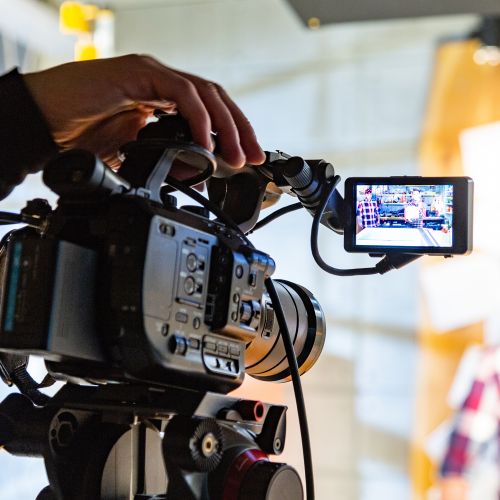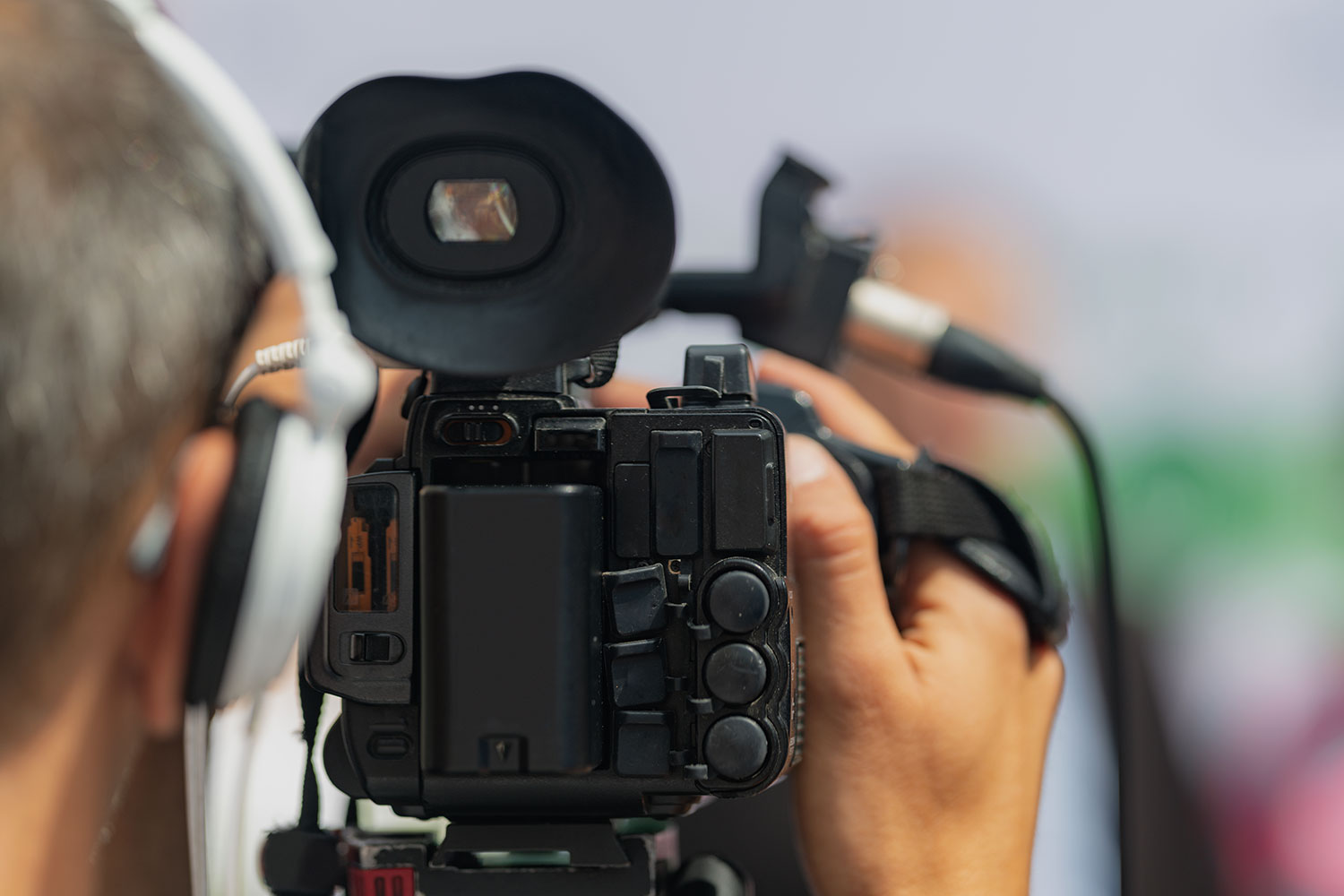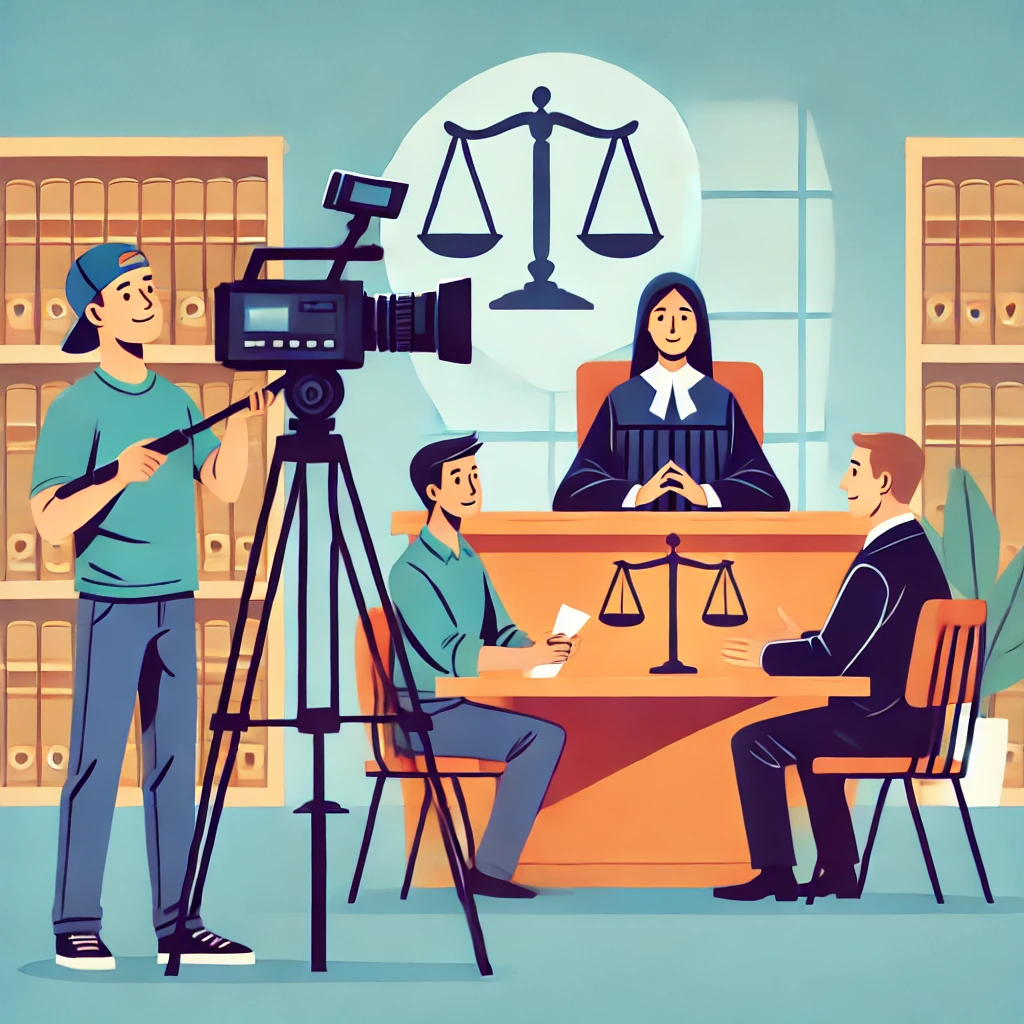How Legal Videography Improves Accuracy in Courtroom Process
How Legal Videography Improves Accuracy in Courtroom Process
Blog Article
Recognizing the Significance of Videography in Legal Procedures
The integration of videography right into legal process has become a substantial variable in the presentation and analysis of evidence. By capturing aesthetic aspects such as body movement and facial expressions, videography boosts the narrative surrounding witness statements and can exceptionally affect jury understandings. As the legal landscape advances, comprehending its implications on trustworthiness and clarity ends up being crucial for attorneys. What ideal practices should be embraced to optimize its efficiency, and just how might future improvements reshape this important aspect of the judicial process?
Function of Videography forthcoming
Videography plays an increasingly important duty in legal proceedings, serving as an effective medium for presenting evidence. The combination of video recordings right into the legal framework enables an extra vibrant depiction of realities, enabling jurors and judges to imagine events as they transpired. This visual paperwork can incorporate an array of products, consisting of security footage, tape-recorded witness testaments, and expert demonstrations, all of which can considerably improve the evidentiary landscape.
Among the primary benefits of videography is its ability to record subtleties that may be lost in composed accounts. Face expressions, body movement, and situational context can provide vital insights, assisting to convey emotions and purposes that message alone can not. The usage of video clip proof promotes a more engaging court experience, potentially aiding jurors in recognizing complex cases.
As modern technology developments, the top quality and access of videographic proof have improved, making it an indispensable part of modern lawful practices. Courts significantly acknowledge the value of video clip as a reliable resource of information, motivating attorneys to adjust their strategies for proof discussion. Eventually, videography serves not just to highlight realities however additionally to enhance the overall honesty of the judicial procedure.

Enhancing Trustworthiness and Clarity
A considerable advantage of integrating videography in legal process is its capability to improve both integrity and clearness of proof provided in court. Videographic proof can capture subtleties that written papers might overlook, such as tone, body language, and context. This aesthetic depiction enables juries and judges to much better comprehend the conditions bordering the situation, therefore fostering an extra precise understanding of the occasions concerned.

Furthermore, the clarity paid for by videography reduces the possibility of false impression that can develop from textual descriptions. This precision is especially essential in intricate situations, where information can be easily misconstrued. Inevitably, by providing proof in a visually obtainable style, videography not just strengthens the stability of the judicial procedure but likewise sustains informed decision-making by those associated with lawful proceedings.
Influence on Court Perception
The addition of videographic proof significantly influences jury assumption, typically resulting in more involved and informed deliberations. Jurors are commonly more receptive to aesthetic information, which can enhance their understanding of intricate instances. Videography presents facts in a manner that is both obtainable and compelling, allowing jurors to link with the proof on a more individual degree.
Furthermore, the capability to witness occasions as they occurred can evoke emotional actions that written records or spoken testaments might fall short to evoke. This psychological involvement can lead jurors to form more powerful point of views regarding the reliability of witnesses and the general narrative of the case. The graph of evidence also aids in clearing up ambiguities, making it much easier for jurors to realize the context and significance of the information offered.
Furthermore, videography can work as an effective device for storytelling, enabling lawyers to create a convincing narrative that resonates with the court. When jurors can picture situations and witness essential moments, their capacity to intentional thoughtfully and get to a well-informed judgment is dramatically boosted, eventually affecting the outcome of lawful procedures.
Best Practices for Legal Videography
Executing ideal practices in lawful videography is important for ensuring that aesthetic evidence is both reliable and legitimate in the courtroom. Choose qualified specialists who specialize in legal videography to make certain the technical top quality of the recordings. This includes making use of high-resolution video cameras and specialist audio tools to capture clear visuals and noise.
2nd, preserve appropriate documentation throughout the recording process. This entails creating an in-depth log that consists of timestamps, summaries of the material, and the identifications of all individuals existing. Such documents can strengthen the credibility of the video.

Additionally, think about using proper editing methods. While it is critical to preserve the original content, minor changes for quality-- get more such as improving audio levels-- can boost the overall presentation without modifying the substance.
Future Trends in Legal Videography
As legal videography useful link remains to evolve, emerging innovations and methodologies are forming the future landscape of aesthetic evidence in the courtroom (Legal Videography). One considerable pattern is the assimilation of high-definition and 4K video high quality, improving the quality and information of recorded statements and evidence. This enhanced resolution aids jurors in adequately reviewing the integrity of witnesses and the subtleties of the presented materials
Additionally, the use of expert system (AI) in video clip evaluation is obtaining grip. AI devices can aid in recognizing key moments in footage, generating transcripts, and even analyzing non-verbal communication, which provides deeper insights right into witness credibility. Additionally, virtual reality (VR) and increased truth (AR) are positioned to change exactly how evidence is offered, permitting jurors to immerse themselves in criminal offense scenes or scenarios, thus cultivating an visit the site extra extensive understanding of the context.
Verdict
In summary, videography works as a vital tool in lawful proceedings, boosting the discussion of evidence and improving the general understanding of cases. By recording non-verbal hints and bolstering the credibility of witness accounts, videography dramatically influences jury assumption and decision-making processes - Legal Videography. Sticking to ideal practices makes certain the effectiveness of lawful videography, while arising trends guarantee to more enhance its function in the judicial system, inevitably fostering a much more educated and involved lawful setting
Videography plays an increasingly important role in legal procedures, serving as an effective tool for offering proof.A significant advantage of integrating videography in lawful process is its ability to improve both reliability and quality of proof offered in court. Inevitably, by offering proof in an aesthetically obtainable format, videography not just strengthens the integrity of the judicial process but also supports informed decision-making by those involved in lawful process.
In recap, videography offers as a crucial device in lawful procedures, improving the presentation of evidence and enriching the overall understanding of cases. Legal Videography. Sticking to ideal techniques makes certain the performance of lawful videography, while arising trends guarantee to more enhance its role in the judicial system, ultimately promoting a more informed and involved lawful setting
Report this page